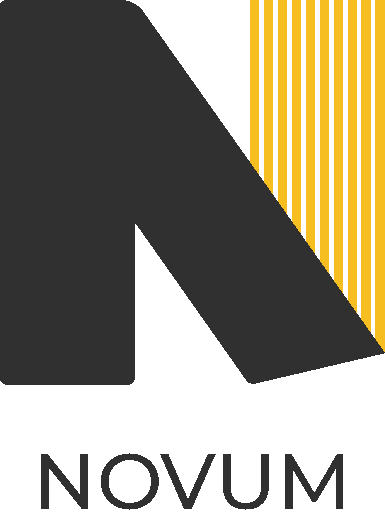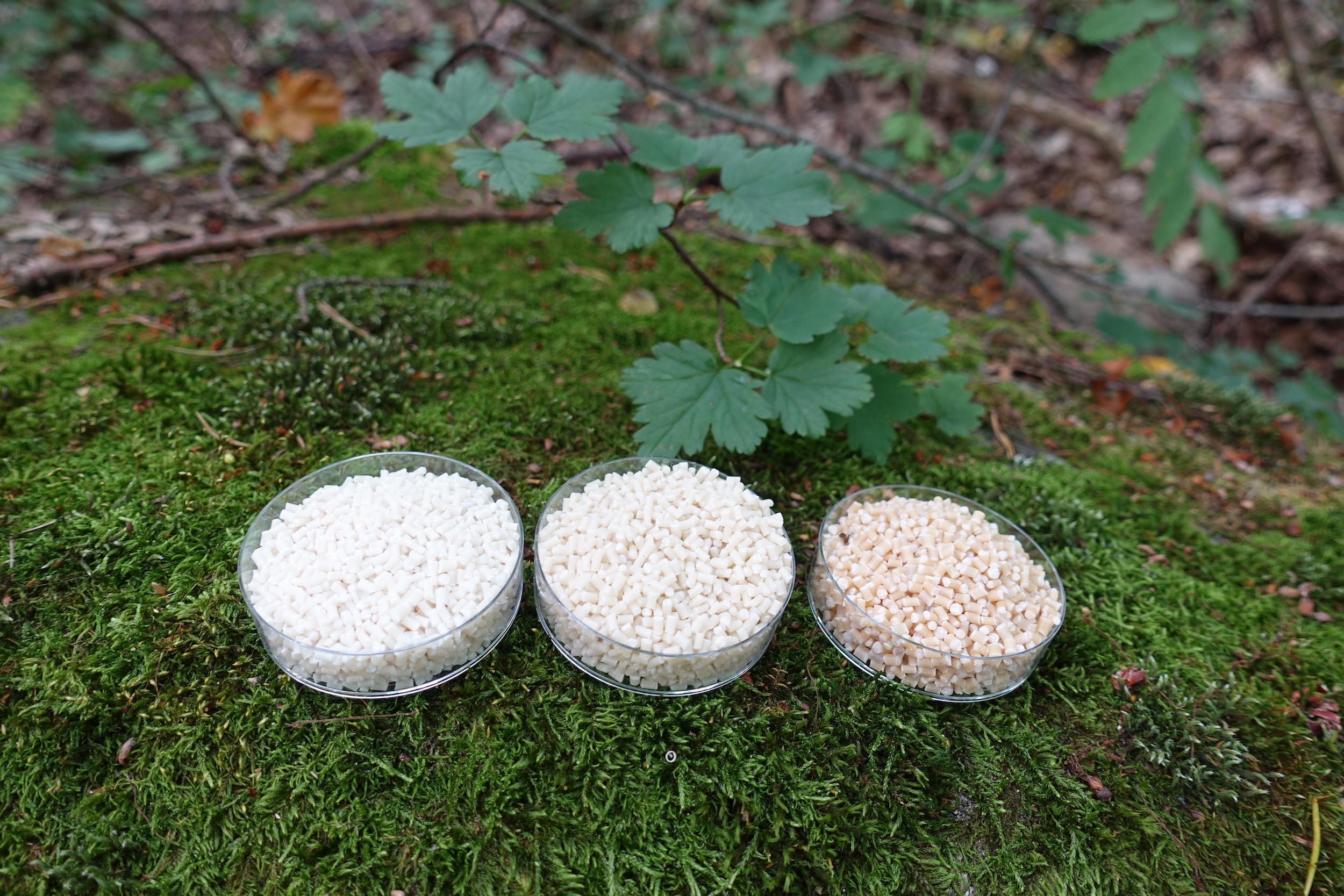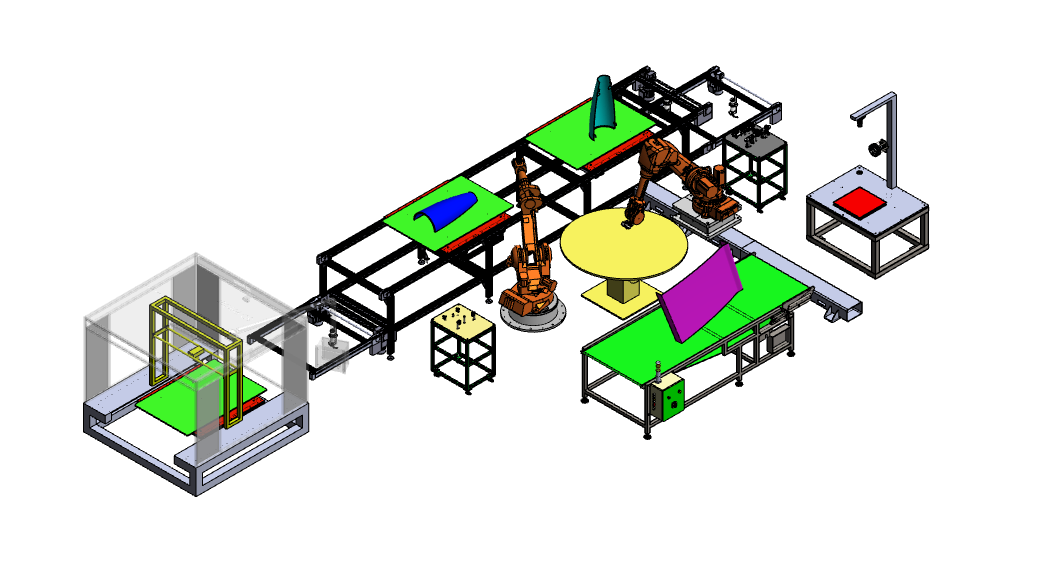
NOVUM is sponsoring the Bioprinting vertical for 3DPrint.com’s upcoming AMS online industry summit (Feb 9-10, 2021). Additionally, Heli Kangas, Technology Manager for Biomass Processing and Products at the VTT Technical Research Centre of Finland Ltd., will be speaking at AMS 2021. Register here.
As the awareness of resource sufficiency, climate change mitigation and circularity of materials is increasing globally, many industrial sectors have turned their attention towards novel solutions for replacement of fossil-based materials. Cellulose as a nature-based, sustainable and versatile material is a potential replacement for many synthetic materials. In addition, cellulose has many unique inherent properties that makes it interesting for novel type of applications, beyond the obvious ones such as paper and board. However, when considering the combination of cellulose and additive manufacturing, one challenge is painfully obvious: cellulose is not thermoplastic by nature.
This challenge is currently being addressed in an EU funded project NOVUM, which targets at building a pilot line suitable for producing components from cellulose-based materials by additive manufacturing for diverse applications. During the project lifetime, the process will be demonstrated for electrical insulation, marine and automotive industries. For electrical insulation components, cellulose is a common raw material but the state-of-the art production method is rather inefficient in terms of labor, time, energy and waste generation. Additive manufacturing presents an appealing technology for boosting the process as well as enabling a process where molds are not needed. For marine industry, the use case would be something completely new – on-demand printing of outdoor decorative elements for cruise ships. For automotive industry the key motivation is the sustainability factor that replacing fossil-based materials with bio-based ones will significantly contribute to.

Small prototype of electrical insulation component for power transformed, 3D printed from the cellulose-based materials.
The thermoplastic cellulose-based materials developed in the project contain cellulose derivatives, cellulose powders and bio-based plasticizers. They have a higher cellulose content (up to 60%) than the commercial references but the material strength properties are at the same level or even better. The material properties can be tuned according to the requirements of the end use application by changing the components in the formulations, or the respective ratios of the various components. The materials have excellent printability using commonly available printing technologies such as Fused Deposition Modelling (FDM) or Fused Filament Fabrication (FFF), and are lightweight and have a smooth surface.
Another interesting approach innovated in the project is printing of wood fiber foams in 3D shapes. With foam forming, it is possible to generate thick and bulky fibrous structures, which do not collapse upon drying, thanks to the porosity generated by the air. Production of 2D structures is an established technology but generation of structures in 3D required some innovation as processing without molds was desired. The most important research questions were related to mixing – how to generate homogeneous fiber-foam mix for printing, to foam chemistry – how to establish adequate binding between layers and to drying – how to minimize the drying time and energy of thick foams? The trials with an extruder-type of nozzle have been successful and the next step will be to study how a commercial printer can be adapted for printing fibrous foams. Potential applications for these type of components can be found in construction and transportation sectors as insulation materials, both for sound and vibration.
This work has received funding from the European Commission Horizon 2020/SPIRE, proposal number: 768604, proposal acronym: NOVUM
Subscribe to Our Email Newsletter
Stay up-to-date on all the latest news from the 3D printing industry and receive information and offers from third party vendors.
You May Also Like
Precision at the Microscale: UK Researchers Advance Medical Devices with BMF’s 3D Printing Tech
University of Nottingham researchers are using Boston Micro Fabrication‘s (BMF) 3D printing technology to develop medical devices that improve compatibility with human tissue. Funded by a UK grant, this project...
3D Printing Webinar and Event Roundup: April 21, 2024
It’s another busy week of webinars and events, starting with Hannover Messe in Germany and continuing with Metalcasting Congress, Chinaplas, TechBlick’s Innovation Festival, and more. Stratasys continues its advanced training...
3D Printing Webinar and Event Roundup: March 17, 2024
It’s another busy week of webinars and events, including SALMED 2024 and AM Forum in Berlin. Stratasys continues its in-person training and is offering two webinars, ASTM is holding a...
3D Printed Micro Antenna is 15% Smaller and 6X Lighter
Horizon Microtechnologies has achieved success in creating a high-frequency D-Band horn antenna through micro 3D printing. However, this achievement did not rely solely on 3D printing; it involved a combination...
































